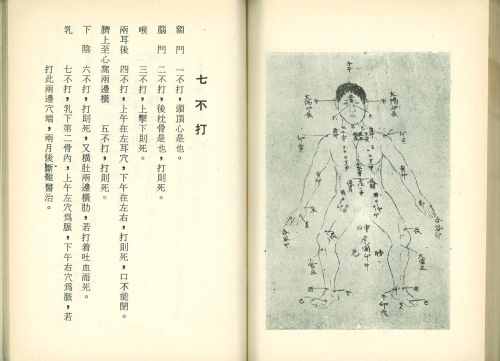What is BUBISHI? The Karate Bible
- Angélica Doors
- 16 sept 2020
- 2 Min. de lectura

The Bubishi is a collection of essays that speak about the philosophical ideas linked to martial arts, as well as metaphysical, medical and methodological essays. Although it is considered a complete work, it is very similar to other "bibles" in the sense that there is no author: Most of the texts were compiled from other sources over time.

It was a reference work for the most relevant masters such as: Kanryo Higaonna (Naha Te), Anko Itozu (Shuri Te), Kenwa Mabuni (Shito Ryu), Gichin Funakoshi (Shotokan), Chojun Miyagi (Goju Ryu) or Gogen Yamaguchi (Goju Kai ), the latter called it "My most precious text" and therefore, by all the masters who learned from them.
Although there are several hypotheses of how it got to the island of Okinawa, none is corroborable. Some say that it was the Uchinankus (Place name of the Okinawans who traveled to China to learn their combat traditions. Others say that it appeared in the Chinese settlement in Okinawa of Kunida (Naha). And others, that it is a compilation of articles compiled by An ancient secret brotherhood The origin is unknown, but what we are sure of is that the knowledge that appears in the Bubishi is a very important basis on the principles on which current Karate and Kobudo are based.

As Bubishi, two texts are actually known: The first and oldest, is a colossal war art book written during the Ming dynasty (1366-1644) and the second, which is the one we are referring to, is believed to have been produced during the Qing dynasty (1644-1911). It also appears that it is actually a compilation of different texts.

Bubishi (WU BEI ZHI, in Mandarin) means BOOK OF MILITARY PREPARATION. It includes fighting techniques, style comparisons, training, and also Chinese history, philosophy, etiquette, and medicine.

In the work of researcher Patrick McCarthy (9th Dan - Hanshi): The Karate Bible: The Bubishi, the manual was translated and presented with notes and an introduction exploring the various transmission options that may have brought the text to Okinawa.











Comments